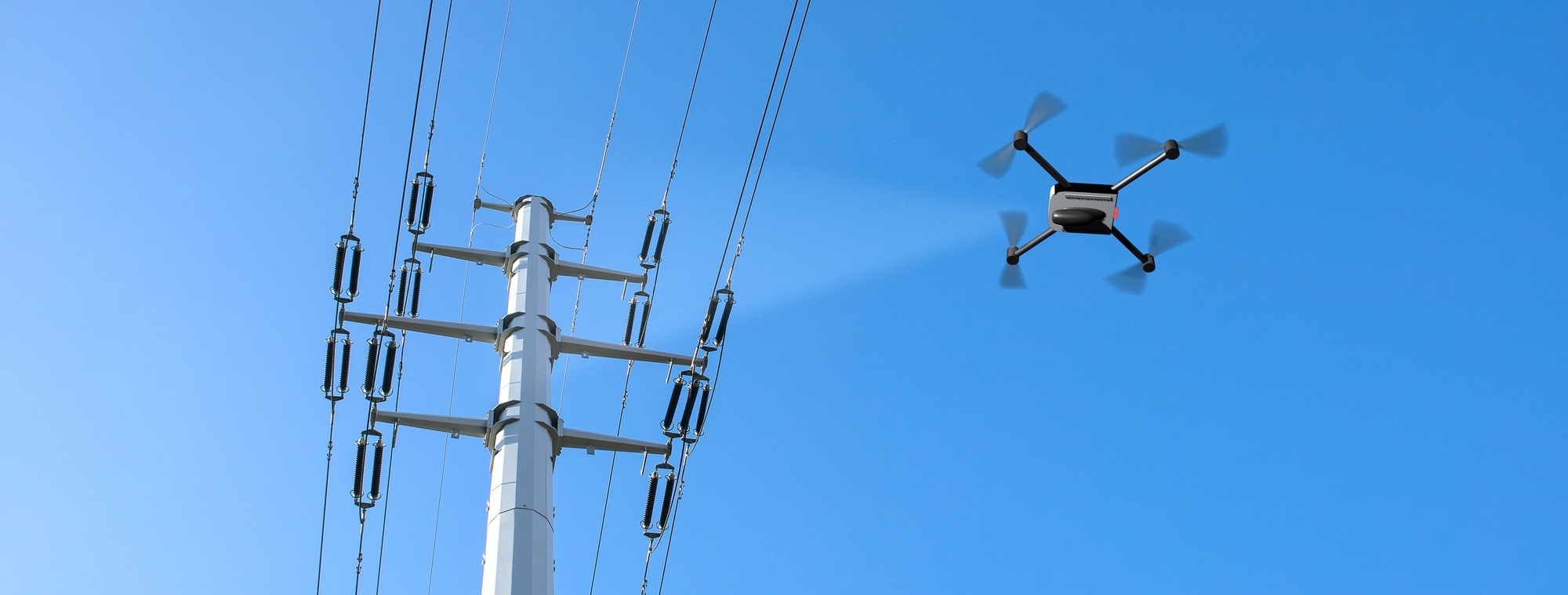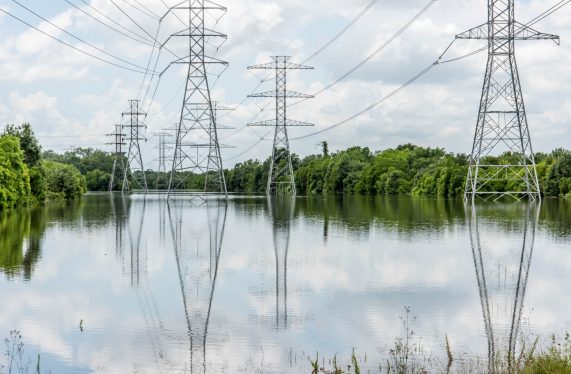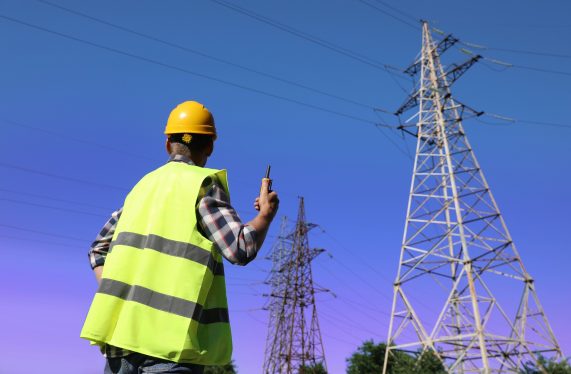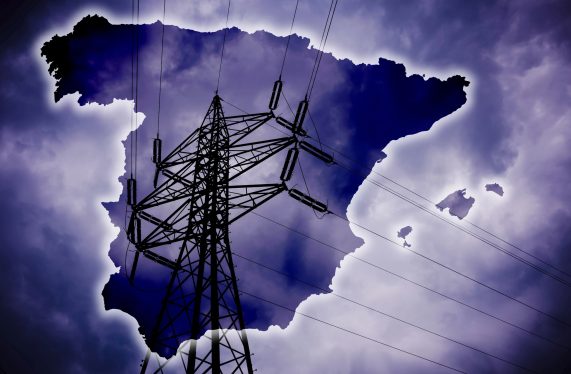Drones, or Unmanned Aerial Vehicles (UAVs), have quickly become essential in the transmission line industry.
Since their introduction in the early 2010s, drones have transformed the way transmission lines are designed, constructed, and inspected.
They can easily access difficult terrains and capture precise data, making operations safer, more efficient, and cost-effective.
This technology has revolutionized traditional methods, making drones indispensable in the field.
Key Characteristics of Transmission Lines That Make Drones Essential
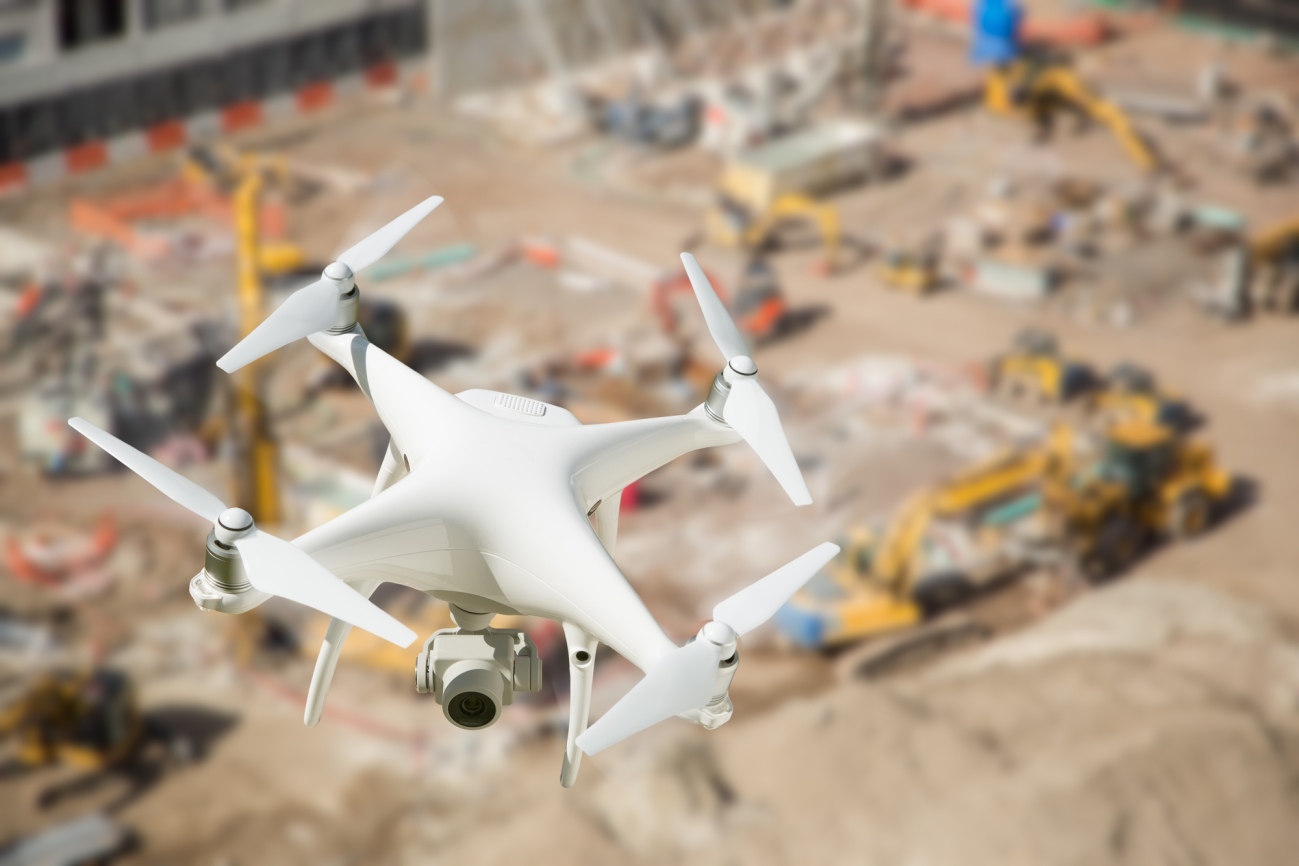
Overhead transmission lines frequently span remote and challenging terrains, presenting significant difficulties for traditional methods of design, construction, and inspection.
The extensive and isolated nature of these lines demands meticulous and frequent attention, often at great risk and expense.
Drones provide a transformative solution, offering a safe and efficient approach to all three critical aspects.
From designing optimal routes to overseeing construction progress and performing detailed inspections, drones deliver high-resolution imagery and data from otherwise inaccessible areas.
This advancement not only enhances safety but also reduces costs, making drones an indispensable tool in modern transmission line management.
Drones in Designing Transmission Line Routing
In the design phase of transmission lines, drones offer a revolutionary approach to surveying and mapping potential routes.
Drones equipped with high-resolution cameras and Lidar sensors capture detailed aerial imagery and topographical data.
This data is processed using photogrammetry and 3D modeling techniques, producing accurate two-dimensional and three-dimensional representations of the terrain.
Drones can rapidly cover extensive areas, generating thousands of precise data points to create digital elevation models (DEMs) and orthophotos.
This technology significantly accelerates the surveying process, often completing tasks in minutes that would traditionally take days or weeks.
For instance, while a ground survey team might take a week to map a 1 square kilometer site, a drone can accomplish this in a single day.
The ability of drones to provide high-resolution imagery and detailed topographical data allows for better route planning, helping to identify obstacles and assess environmental impacts more efficiently.
By analyzing these detailed models, engineers can design optimal transmission line paths that minimize environmental disruption and reduce construction costs.
The use of drones also enhances safety by minimizing the need for ground crews to access potentially hazardous or difficult terrains.
At Synenergy Advisors, we utilize this technology to enhance the accuracy and speed of our design processes.
Drones enable us to deliver more precise and cost-effective routing solutions, ensuring that our transmission line designs meet both operational efficiency and regulatory requirements.
Drones in Transmission Line Construction

Historically, various aerial platforms have been utilized to enhance the construction and maintenance of transmission lines.
Initially, airplanes and helicopters played significant roles. Helicopters, such as the Agusta-Bell 206A acquired in the late 1960s and employed by PPC, were particularly valuable for transporting personnel and conducting visual inspections of high-voltage transmission lines.
These helicopters allowed for effective monitoring of areas with limited access, where ground transportation was impractical.
In recent years, the advent of drones has revolutionized these tasks.
During construction, drones provide real-time monitoring and progress tracking.
Equipped with high-resolution cameras and LiDAR sensors, they can inspect structures and components from various angles, ensuring that all elements are correctly installed and meet safety standards.
This capability reduces the need for manual inspections, which are often time-consuming and risky, and allows for immediate identification and rectification of any issues.
The construction phase involves the transportation and installation of transmission towers and the stringing of electrical conductors on these towers.
Drones can monitor the positioning of pylons and the installation of electrical conductors, ensuring precision and compliance with engineering specifications.
By integrating advanced sensor technologies such as thermal cameras to detect potential overheating and ultraviolet cameras to identify corona discharges, drones provide a comprehensive solution for overseeing the complex process of constructing transmission lines, enhancing both efficiency and safety.
Drones in Transmission Line Inspection
Regular inspections are critical to maintaining the integrity of transmission lines.
Drones equipped with high-resolution cameras and thermal sensors can detect faults, corrosion, and other potential problems with great precision.
This technology enables thorough inspections without the need for climbing towers or using helicopters, significantly reducing risk and cost.
The inspection process involves both visual and thermal imaging to identify any issues.
Drones conduct visual inspections of the transmission lines and pylons, capturing high-definition images to detect physical damage, rust, or other signs of wear.
Additionally, thermal imaging cameras are used to perform thermographic inspections, identifying hot spots that indicate potential electrical faults or overloaded components.
Moreover, drones equipped with ultraviolet cameras can detect corona discharges, which are signs of ionization in the air around high-voltage equipment, potentially indicating insulation problems.
By leveraging these advanced imaging technologies, drones provide a comprehensive assessment of the transmission lines' condition.
In the context of maintenance, drones also facilitate extensive repair work.
They can carry infrared and ultraviolet cameras and external tool platforms to support a variety of maintenance tasks.
This capability allows for efficient and effective maintenance operations, reducing the need for prolonged outages and enhancing the overall resilience of the electrical grid.
Enhancing Safety in Power Line Inspections with Drones
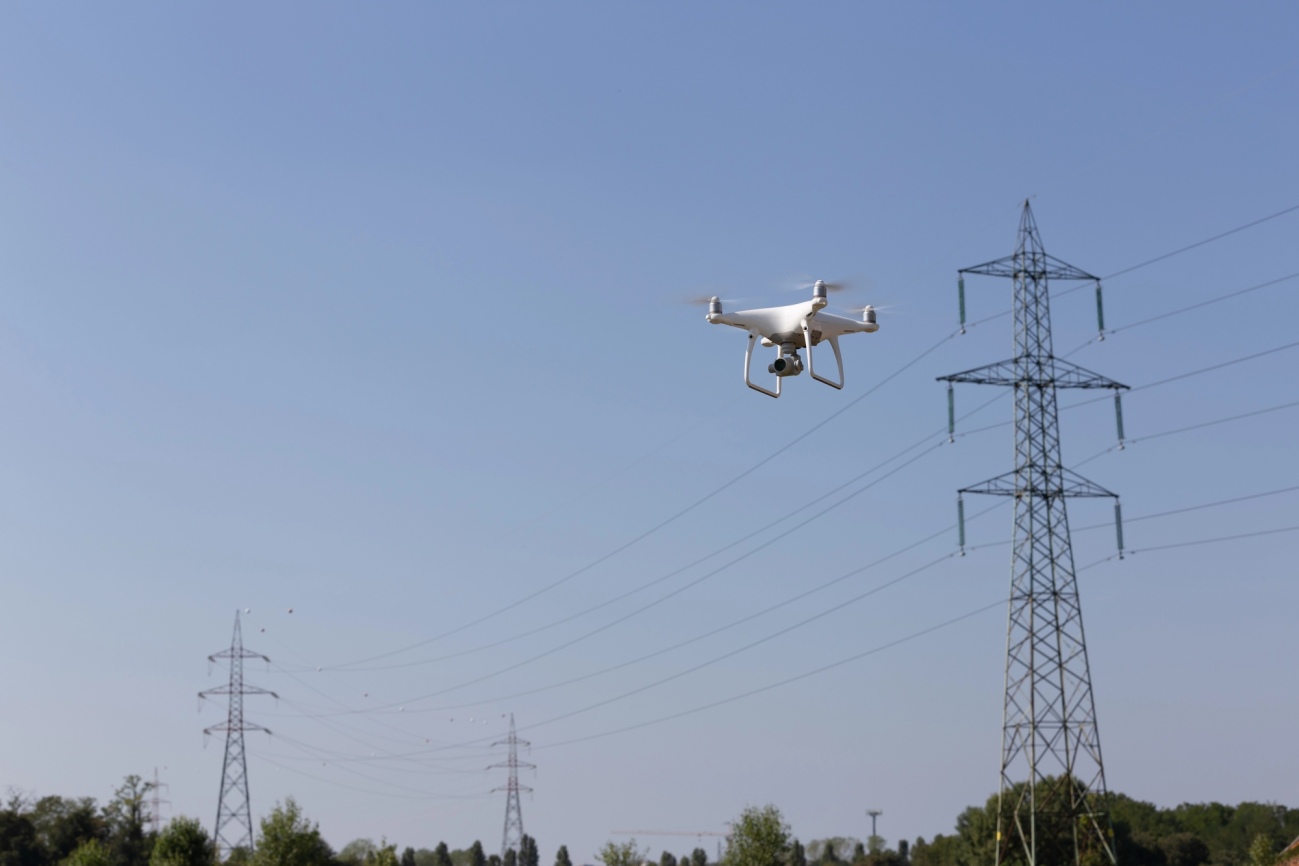
Drones significantly improve safety during power line inspections by reducing the need for personnel to work in hazardous conditions.
Traditional methods often require climbing towers or using helicopters, which expose workers to risks such as falls, electrical shocks, and adverse weather.
By employing drones equipped with high-resolution cameras and various sensors, inspections can be conducted remotely, minimizing human exposure to danger.
Drones can access hard-to-reach areas, providing detailed visual and thermal imaging to detect faults and other issues from a safe distance.
This capability ensures comprehensive assessments without endangering lives.
They simplify the identification of objects interfering with the right of way and provide alerts for encroaching vegetation or line sag.
Automatic object classification aids in asset inventory, making it easier to manage and maintain infrastructure efficiently.
Additionally, in emergency situations, drones can quickly survey damage and provide real-time data, allowing for faster, safer, and more effective response and repair efforts.
This proactive approach enhances both the safety of the workforce and the reliability of the power grid.
After a storm, drones can be used to examine infrastructure for damage, ensuring timely and accurate assessments that facilitate quick recovery and restoration of services.
Drones and Transmission Lines Interference
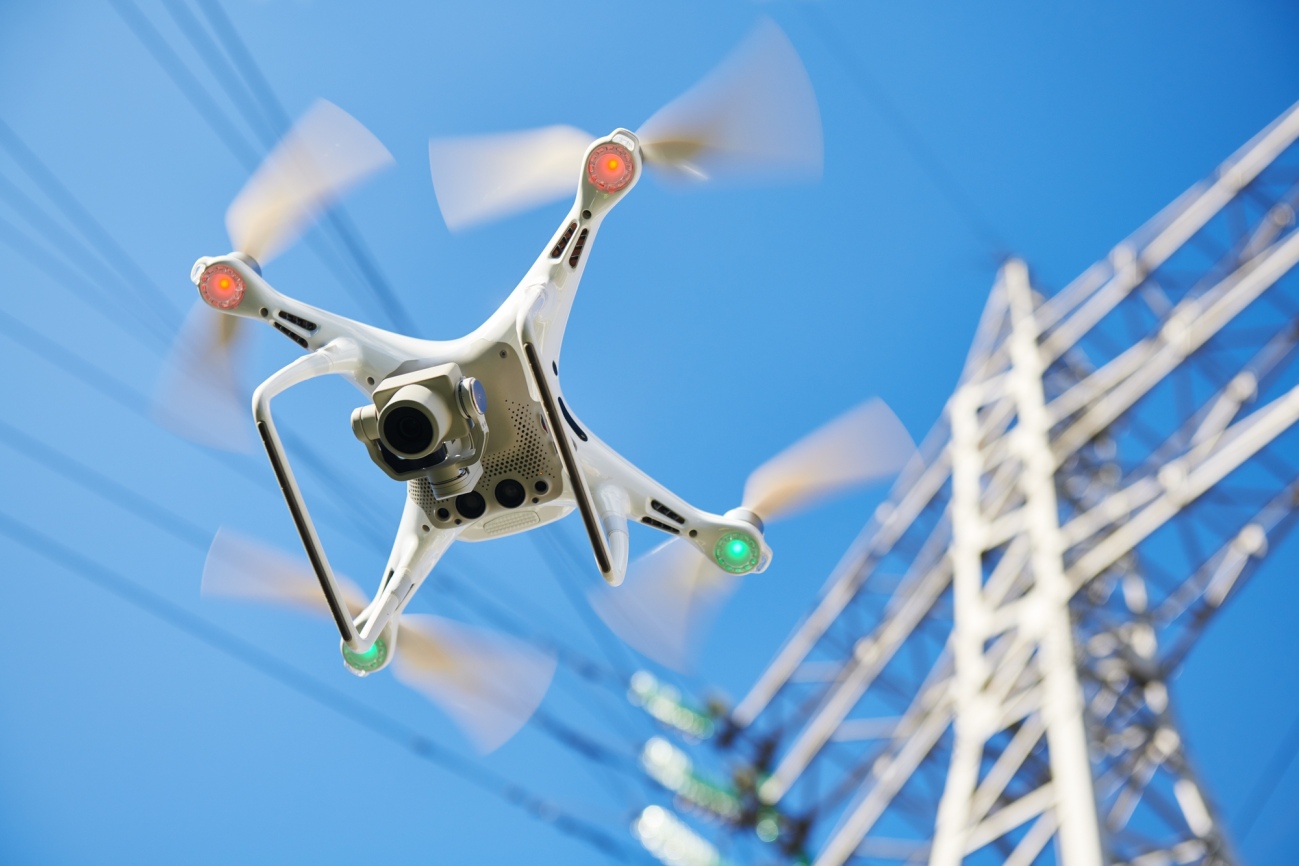
One concern with using drones near transmission lines is potential electromagnetic interference (EMI).
However, modern drones are equipped with advanced shielding and robust communication systems designed to mitigate the effects of EMI.
These systems ensure that the drones' electronic components and navigation are not disrupted by the electromagnetic fields produced by high-voltage power lines.
Results from a recent study conducted by the University of North Dakota indicate that drones can effectively operate in close proximity to transmission lines without experiencing significant interference.
The study utilized simulation software to simulate and analyze the electric and magnetic field profiles produced by Extra High Voltage (EHV) transmission lines.
The findings showed that under normal conditions, drones equipped with reinforced GPS and communication modules can maintain stable connections and operate safely.
However, the study also highlighted that a phase-to-phase short circuit could significantly increase the magnetic field strength, by up to eighteen times the normal level, necessitating greater safe distances for UAV operations.
This suggests that pre-flight planning must account for such scenarios, ensuring that UAV flight crews are aware of local electromagnetic field conditions and maintain conservative safe distances during inspections.
These insights are critical for ensuring safe drone operations near transmission lines.
By incorporating advanced technological features and adhering to safety guidelines, drones can perform detailed inspections and data collection tasks efficiently, without compromising the integrity of the inspection or the safety of the power grid.
As a result, drones have become a viable and reliable tool for maintaining and monitoring transmission lines in various conditions.
Recent Advancements in Power Line Inspection: The Greek UAV Project
A recent project led by the Department of Electrical and Computer Engineering at Aristotle University of Thessaloniki, in collaboration with various state and private organizations, has made significant strides in automating the inspection of power transmission lines using UAVs.
This innovative project addresses the limitations of traditional inspection methods, which often suffer from low accuracy, high costs due to the need for multiple vehicles and specialized personnel, and the inherent risks involved when personnel must physically interact with live electrical lines.
The project introduced two types of drones: one capable of operating in adverse weather conditions, and another equipped with advanced data processing capabilities.
The weather-resistant drone is designed to withstand rain and strong winds, conditions often associated with frequent line damage.
It collects data using both visual and thermal cameras, while the "smart" drone automatically analyzes the data to detect potential issues, such as cable breaks or overheating insulators.
This automatic analysis eliminates the need for manual intervention during inspections, enhancing both efficiency and safety.
Funded by the European Union's European Regional Development Fund and national resources, the project has already demonstrated its effectiveness through pilot tests in Chania, Greece.
During these tests, the drones successfully identified artificially induced faults with high precision.
This capability not only facilitates routine inspections but also helps in early detection of potential hazards, such as overheating cables that could lead to fires.
The project represents a significant advancement in the field, offering a safer and more reliable method for monitoring power lines and preventing potential disruptions to the power grid.
In conclusion, drones have become an indispensable tool in the transmission line industry, transforming design and construction practices through enhanced precision and efficiency.
At Synenergy Advisors, we harness the power of this technology to elevate our design studies and project planning.
By utilizing drones for detailed aerial surveys and accurate topographical mapping, we streamline our design processes and ensure optimal routing and cost-effective solutions.
Our commitment to integrating advanced drone technology into our operations underscores our dedication to delivering cutting-edge and reliable transmission line designs, reinforcing our position as leaders in the industry.
